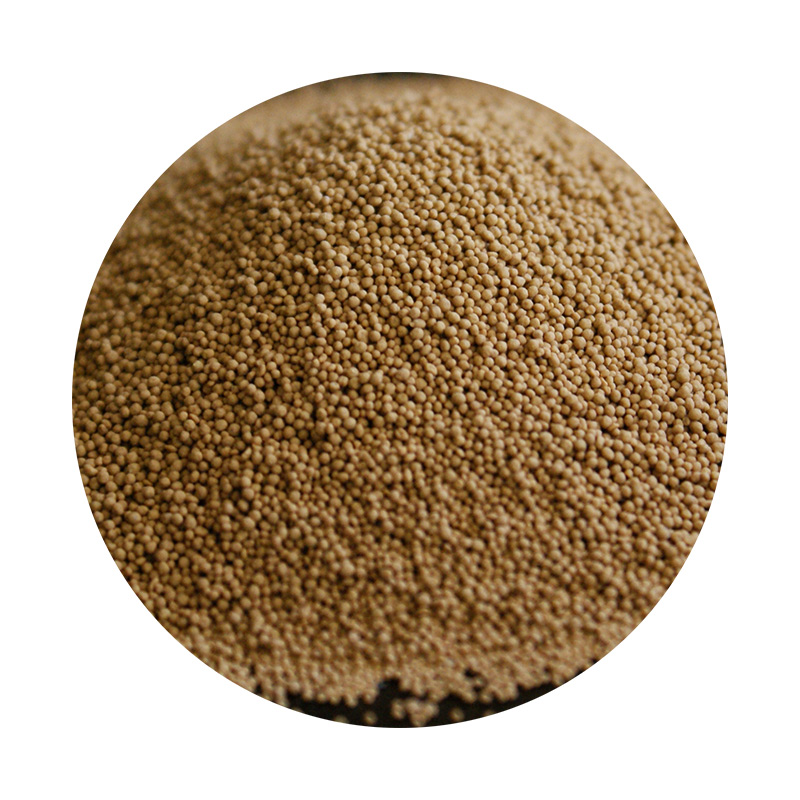Casting Sand for Metal An Essential Component in Metal Foundry Processes
Casting sand, a crucial component in the metal foundry industry, plays a vital role in the manufacturing of metal products. The process of sand casting, wherein molten metal is poured into a mold made from sand, is one of the oldest and most versatile methods of metal crafting. This article delves into the significance of casting sand, its types, properties, and its applications in metal casting.
Casting Sand for Metal An Essential Component in Metal Foundry Processes
There are several types of casting sand, each tailored for specific applications and requirements. The most common type is green sand, which is a mixture of sand, clay, and water. Green sand molds are popular for their excellent thermal properties and are extensively used in iron and steel casting. Another type is dry sand, which has been baked or treated to eliminate moisture. It is typically used for high-precision molds due to its lower expansion when heated and better dimensional stability.
casting sand for metal

The selection of casting sand is paramount, and factors such as grain size, composition, and mold strength can dramatically affect the final product's quality. The grain size of the sand influences both the surface finish of the casting and the ease of mold handling. Finer sand leads to smoother finishes, while coarser sand can produce stronger molds but with rougher surfaces. Additionally, the interaction between the sand and the molten metal can bring about reactions that affect the casting, thus necessitating careful selection and treatment of the materials.
Sand casting remains a popular method due to its adaptability and cost-effectiveness. It can be used to produce a wide variety of metal components, from small parts to large machinery components. Industries such as automotive, aerospace, and construction benefit significantly from sand casting, as it allows for greater design flexibility and the ability to create complex shapes that are often challenging to achieve with other casting methods.
In conclusion, casting sand is an integral part of metal production through the sand casting process. Its specific properties and compositions make it suitable for a plethora of industrial applications, ensuring that manufacturers can produce high-quality metal products that meet the rigorous demands of modern engineering. As technology advances, the research and development surrounding casting sand will continue to evolve, paving the way for innovations in the foundry industry.
Post time:Sep . 03, 2024 20:29
Next:foundry sand pdf
